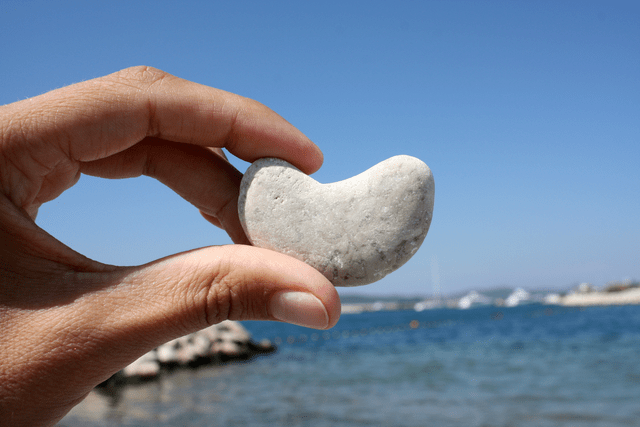What are kidney stones?
It’s your kidneys’ job to flush waste and extra fluid from your body. Mineral waste can collect and form a solid, crystalized, stone-like mass inside the kidney. It can happen to anyone at any age.
Kidney stones can be tiny and pass without any problems. Or they can be big and cause intense pain, nausea, vomiting, recurring urinary tract infections and blood in the urine. Left alone, a stone can grow, intensify your pain and other symptoms and cause permanent damage.
How are kidney stones treated?
Pain comes once the kidney stone starts to pass, causing a partial or complete blockage of the flow of urine. You may feel it in your side, mid-back or abdomen and radiating down toward your groin. When that happens, you don’t have to wait to pass a kidney stone on your own.
Kidney stones come in all shapes and sizes and get lodged in different locations. There are a variety of kidney stone removal procedures to extract the stone and relieve your pain:
- Extracorporeal Shock Wave Lithotripsy – Extracorporeal shock wave lithotripsy (ESWL) is a noninvasive procedure that uses focused X-rays to target the exact location of the kidney stone and shock waves to break it down. The kidney stone is pulverized into tiny pieces that can pass without pain or other symptoms.
- Ureteroscopy – Ureteroscopy is a minimally-invasive kidney stone surgery where kidney stones are extracted through a scope sent through your urethra and bladder into the ureter that connects to the affected kidney. Large, misshapen or poorly positioned kidney stones are broken up using laser lithotripsy so the fragments can be removed. A stent is placed in the ureter to restore the flow of urine and prevent blockage.
- Percutaneous Nephrolithotripsy – For the biggest kidney stones, this invasive kidney removal surgery may be necessary. A scope goes into your back to reach the kidneys and laser lithotripsy breaks the kidney stones down into pieces for removal.


